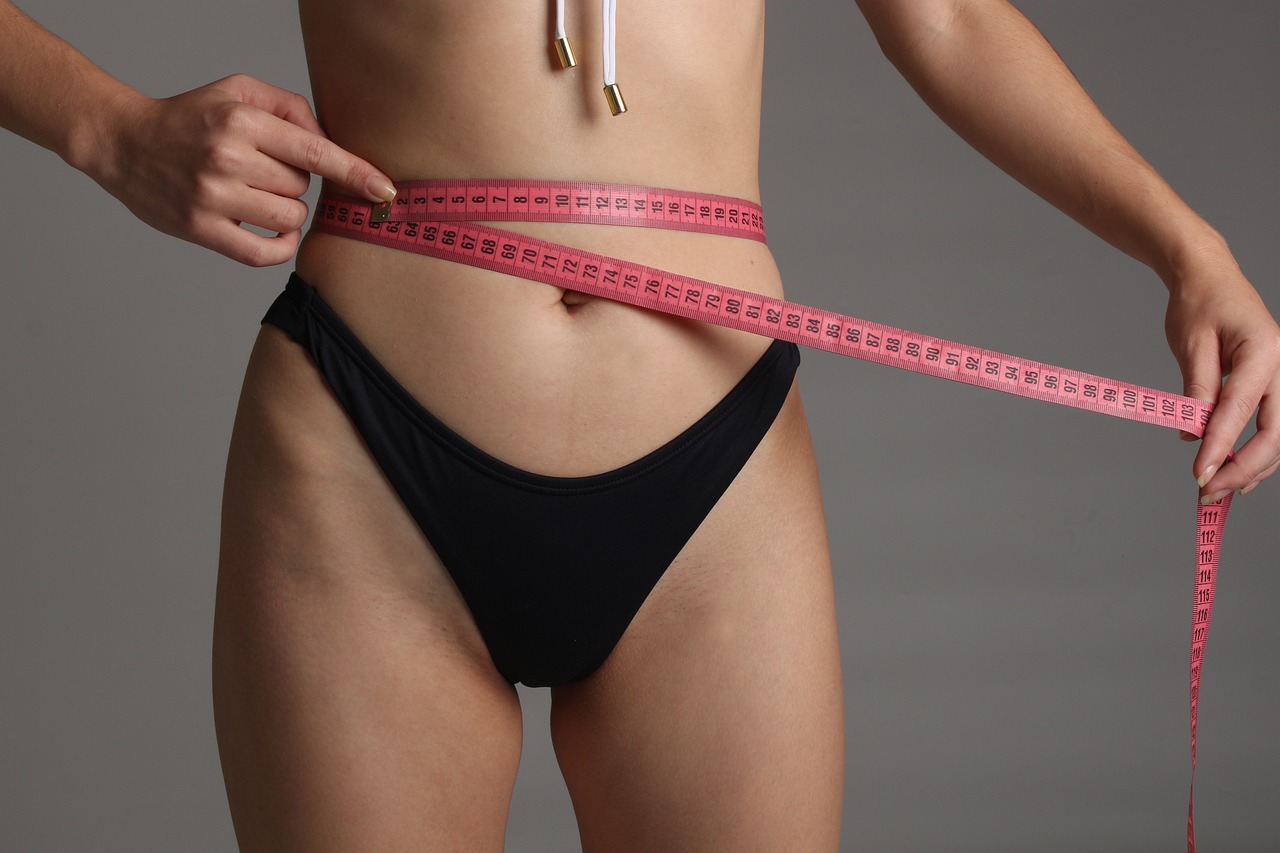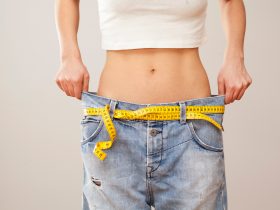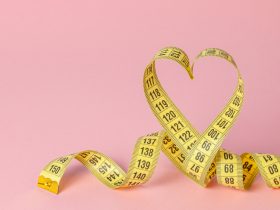When you lose weight, it could be due to a drop in total body mass or a drop in carbohydrate, protein, water, or fat stores. Normal fat loss is more gradual. If you’re like most people, you probably want to know how long it will take until you start seeing benefits from your weight loss efforts.
At the same time, you could be curious about the relative contributions of fat and muscle to your current weight loss. This article discusses the various steps involved in losing weight, the distinction between weight loss and fat loss, and strategies for maintaining weight reduction.
Different weight loss stages
Stage 1 — Rapid weight loss
Most of your weight reduction and subsequent changes in appearance and clothing size will occur during the first phase of your weight loss journey. It typically occurs within the first four to six weeks. Carbohydrate storage, protein stores, water weight, and body fat are the primary sources of weight loss during this phase.
People who adhere to a low-carb or ketogenic diet often experience rapid weight reduction because their glycogen and adipose stores are depleted more quickly than they are on a low-fat diet. Longitudinal studies have shown conflicting results on whether a low-carb or ketogenic diet is superior to a low-fat diet for achieving and maintaining weight loss.
In addition to diet, other factors like your age, sex, starting weight, and level of physical activity may also affect how quickly you lose weight. Some of the weight lost by the elderly may be muscle, although males typically lose weight more quickly than women do, and the elderly may lose weight more quickly than their younger counterparts.
However, if you start at a heavier weight and increase your workout, you can expect to see results more quickly.
Stage 2 — Slow weight loss
Slower-than-initial weight reduction happens during stage two, with the majority of the excess coming from fat stores. The rate at which you lose weight may slow or perhaps stop altogether if you hit a weight loss plateau.
Metabolic adaptations reduce your metabolism and the number of calories you burn during exercise, which might lead to a weight loss plateau. However, many diets are too restrictive and hard to follow, which leads to people deviating from them, which in turn leads to weight loss plateaus.
Therefore, in order to maintain a healthy diet for the long term, it is crucial to choose a plan that works with your schedule and tastes. In either scenario, you may need to make dietary and lifestyle changes over time to accomplish your objective.
Weight loss vs. fat loss
Although the terms are sometimes used interchangeably, losing weight and losing fat are actually quite distinct. Losing weight means reducing the amount of fat, carbs, and water in your body. Losing fat, on the other hand, means decreasing one’s total body weight.
Fat loss is preferable to weight reduction, which may be due to fluid and muscle loss in addition to fat. The ability to walk, run, and play sports until old age depends on your ability to maintain your muscular mass.
While a regular scale can’t tell the difference between water and fat loss, eating extra protein and working up a calorie deficit through increased exercise and calorie restriction both improve the odds that the lost weight will be fat rather than muscle.
Here are some food and lifestyle suggestions to prevent weight gain:
1. Do things like keep a food and fitness journal to keep tabs on your habits. When you keep a food and exercise journal, you gain insight into your habits and how they contribute to or detract from your weight loss efforts.
2. Do something that brings you delight. Physical activity can be anything from riding a bike or walking to swimming, taking the stairs, or even just playing outside with your kids. Do something you enjoy frequently.
3. Prepare a variety of fresh fruits and vegetables for your family. It’s much easier to make the choice to eat healthily if you already have nutritious items like fruits and vegetables on hand, rather than highly processed snacks like chips and soda.
4. Get plenty of rest and take steps to mitigate the stress in your life. Sleep deprivation, along with other stresses in life, can make it difficult to lose weight. Start getting enough sleep and figure out how to deal with your anxiety about things you can’t change.
5. Eat lots of fruits and vegetables. These are examples of entire, minimally processed foods you should prioritize. These meals can help you feel full longer and supply essential nutrients to aid in weight loss and general wellness.
At the beginning of your weight reduction journey, you will probably experience the most rapid weight loss and profound changes to your body. In the second phase of weight reduction, you shed pounds at a more leisurely pace, but the fat you lose outweighs the water weight, carbohydrate stores, and protein stores combined. If you want to lose weight, it’s vital to develop long-term healthy eating and exercise routines that you love.
















Find Us on Socials